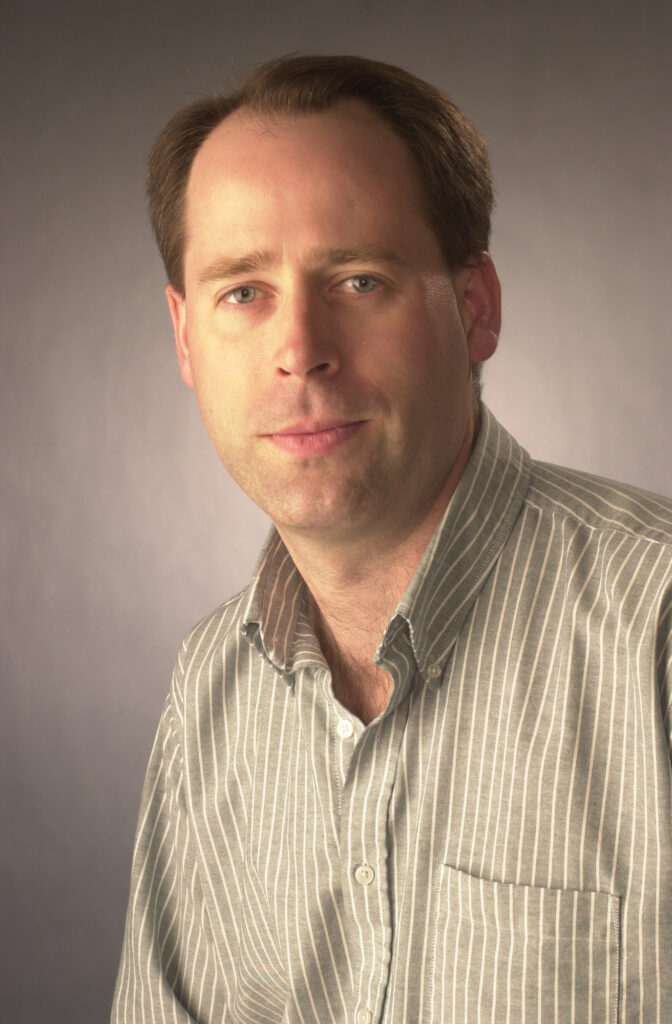Dr. Reardon served as the chief metallurgist for The Gleason Works in Rochester, New York for 8 years. He earned his bachelor’s degree in physics and mathematics at the State University of New York College at Oswego (1986), followed by his MS in mechanical and aerospace sciences and his Ph.D. in materials science at the University of Rochester. He is an experienced professional in metallurgy, materials science, and mechanical engineering with extensive experience in failure analysis, alloy design, process metallurgy, research and development, material selection, and customer technical support.
Dr. Reardon has worked in industry for over 30 years; more than 10 years were spent working as a senior process metallurgist in the steel production industry, where he collaborated on the design and development of state-of-the-art alloys using both traditional air-melt and powder metallurgy processing techniques. He developed products and processes for a large variety of specialty steel alloys involving melting, forging, rolling, heat treating, finishing and non-destructive evaluation/inspection. He also worked as an adjunct assistant professor at the L.C. Smith College of Engineering at Syracuse University where he taught a junior level engineering course for nine years.
He earned his Professional Engineering (PE) license in the discipline of metallurgy, and is licensed in New York, Pennsylvania, and Michigan. He has authored technical papers on subjects ranging from fracture mechanics and low-temperature physics to the simulation of atomic solidification processes, laser theory, and astrophysics. Dr. Reardon currently serves as a board member on ASM International’s Technical Books Committee and AGMA’s Emerging Technologies Metal 3D Printing Sub-Committee. He has written several chapters for the ASM Metals Handbooks and also wrote the book Metallurgy for the Non-Metallurgist (Second Edition, ASM International, 2011), which was awarded the prestigious Outstanding Academic Title award by Choice Magazine in 2013. The book is now carried by over 1,200 academic, laboratory, and industrial libraries throughout the world.

